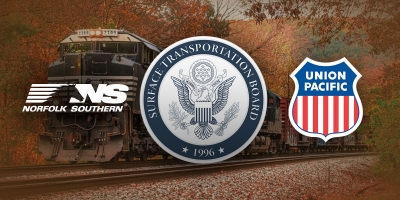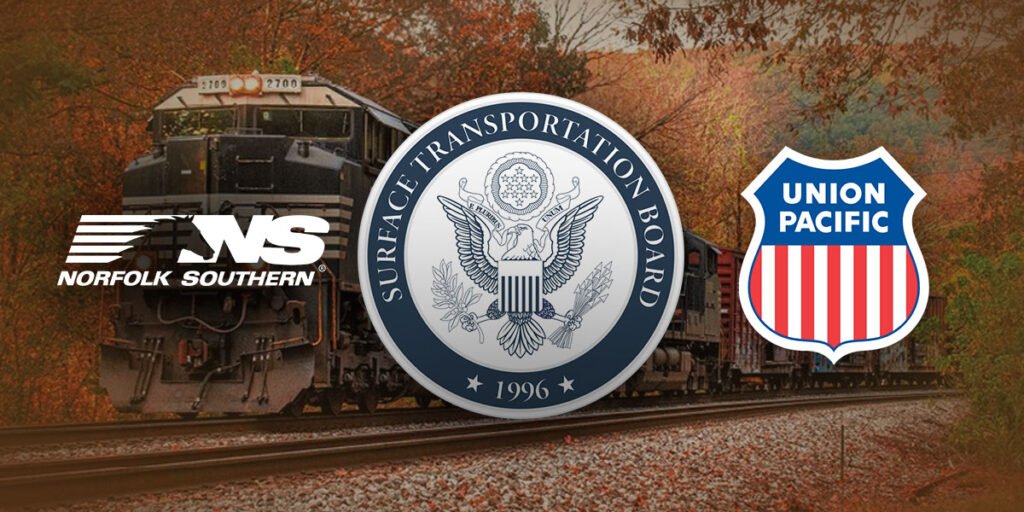
Some people argue that a government shutdown could hinder the Surface Transportation Board’s (STB) ability to evaluate the competitive impacts of the proposed merger between Union Pacific and Norfolk Southern. But, really, it seems like the STB was sidelined when former President Trump dismissed members he believed were against the merger.
To reinforce his point, the president later met with Union Pacific’s president, a buddy of his new CEO, and praised him. STB members, it appears, are aware of the expectations and the direction they’ve been given—it’s clear they know what the outcome must be.
I happen to know a bit about this since my father-in-law was a freight railroad conductor for over 40 years. Through our conversations before he retired, I learned how unchecked railroad power led to the establishment of American antitrust laws. These laws were designed to protect consumers, farmers, and shippers from the dictates of railroad magnates, who could set prices and determine routes as they pleased. Despite more than a century of legal frameworks, we seem to be heading back to an era where a handful of executives dictate access to crucial economic channels.
Over the next year and a half, the STB is set to assess how creating the biggest rail monopoly in the nation will supposedly enhance competition and drive down costs for shippers. They’ll hold countless hours of public hearings, sift through tens of thousands of pages of feedback, invest millions in expert consultations, and produce extensive reports to justify decisions that seem almost preordained.
For now, the only variable left is where the president will ceremonially celebrate the new transcontinental railroad with a golden spike.
Interestingly, the original Golden Spike ceremony in 1869 didn’t go entirely as planned. Leland Stanford from the Central Pacific Railroad and Thomas Durant from Union Pacific used silver-plated mallets to gently sink the final golden spikes, keen to avoid damaging them. They then swapped these for iron spikes connected to a telegraph line so the public could hear the final strikes. When it came time for the actual hammering, both men struggled: Stanford missed significantly, and Durant couldn’t even make contact. In the end, a regular railroad worker stepped in to drive the final spike, while a telegraph operator sent the simple message “Done.”
Future Golden Spike ceremonies will probably be more polished, but the symbolism will be unmistakable. While many will talk about improved services and reduced prices, this new spike seems to signal the end of competition itself. Instead of a triumphant “DONE,” the shippers will receive an unambiguous “YOUR MOVE.” But this won’t be a celebration; it will serve as a stark reminder of how power has shifted away from them.
Once the high-ranking officials exit the scene, those affected will find themselves on their own, attempting to ensure they get the promised improvements in service and pricing from a railroad wielding unprecedented market power.







